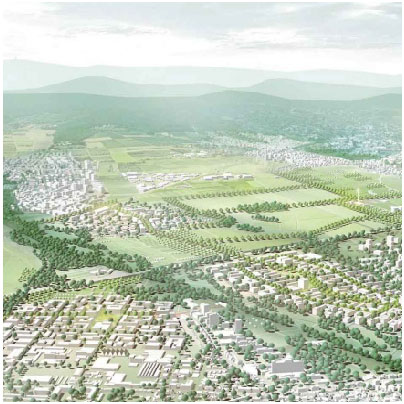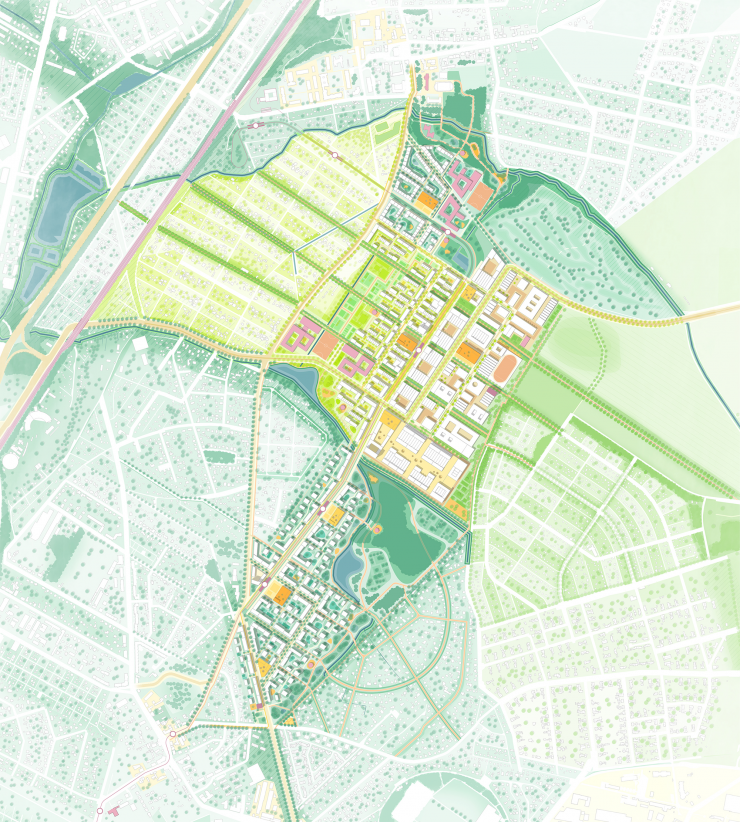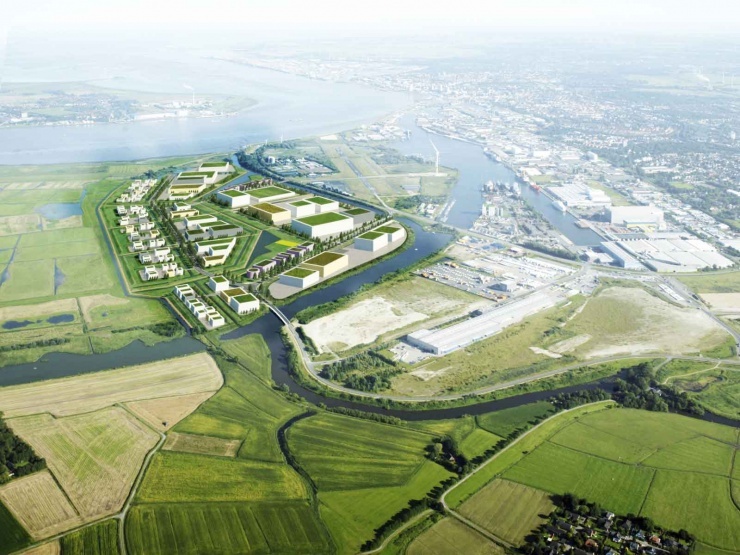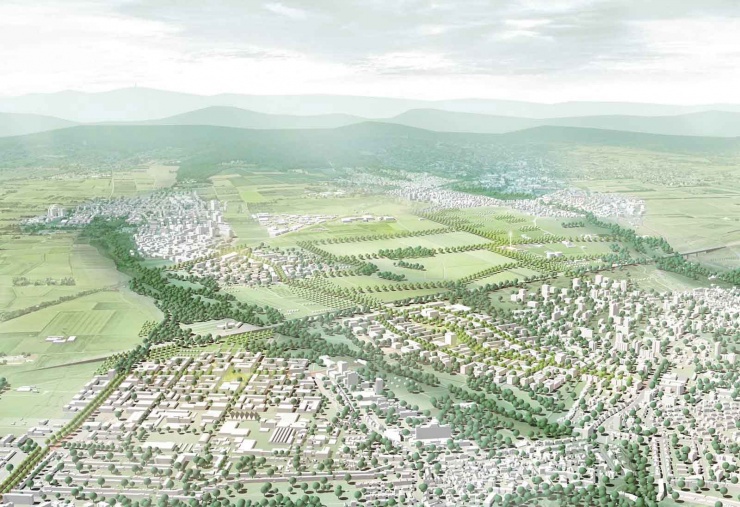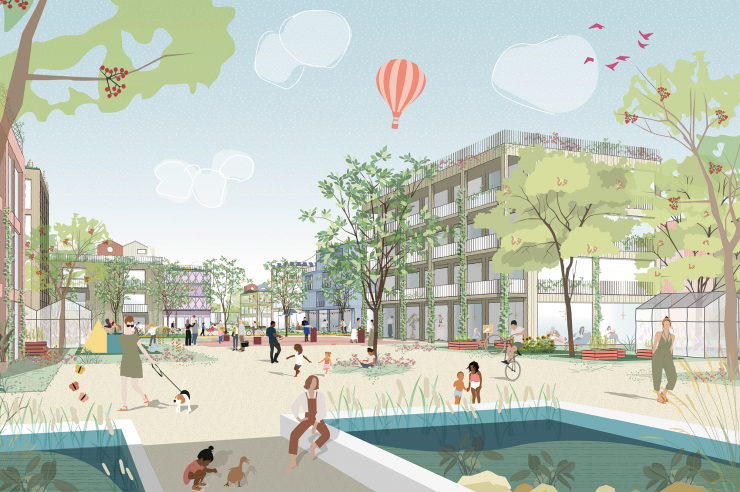Have a look at our Circular City projects in more detail:
Circular City
A circular city is designed as a circular economy on all levels. In doing so, the value and utility of products, components, materials and nutrients are preserved and reused for as long as possible to close material cycles, connect material flows and minimize harmful resource consumption and waste generation. Ideally, there is no waste, only resources in different states.
The circular city is an answer to what climate-friendly but also climate-adapted and climate-protecting neighborhoods could look like in the future. At CITYFÖRSTER, we not only consider the materials we use for construction but also extend the principle to all functions and think about circularity holistically on all levels. It is also about the local production and consumption of renewable energies. In addition, issues such as water management, mobility, food production and the intangible resource community are important. In mixed urban quarters, we ascribe a special role to open space. Last but not least, this results in our principle of the "landscape city". Opportunities to experience water, different habitats for animals and plants, food cultivation, leisure, exchange, dialogue and much more all come together here.
Everything complements and is in constant exchange. Through these synergies, we design cities that improve human well-being, reduce emissions, stimulate biodiversity and promote social justice in line with the Sustainable Development Goals.
